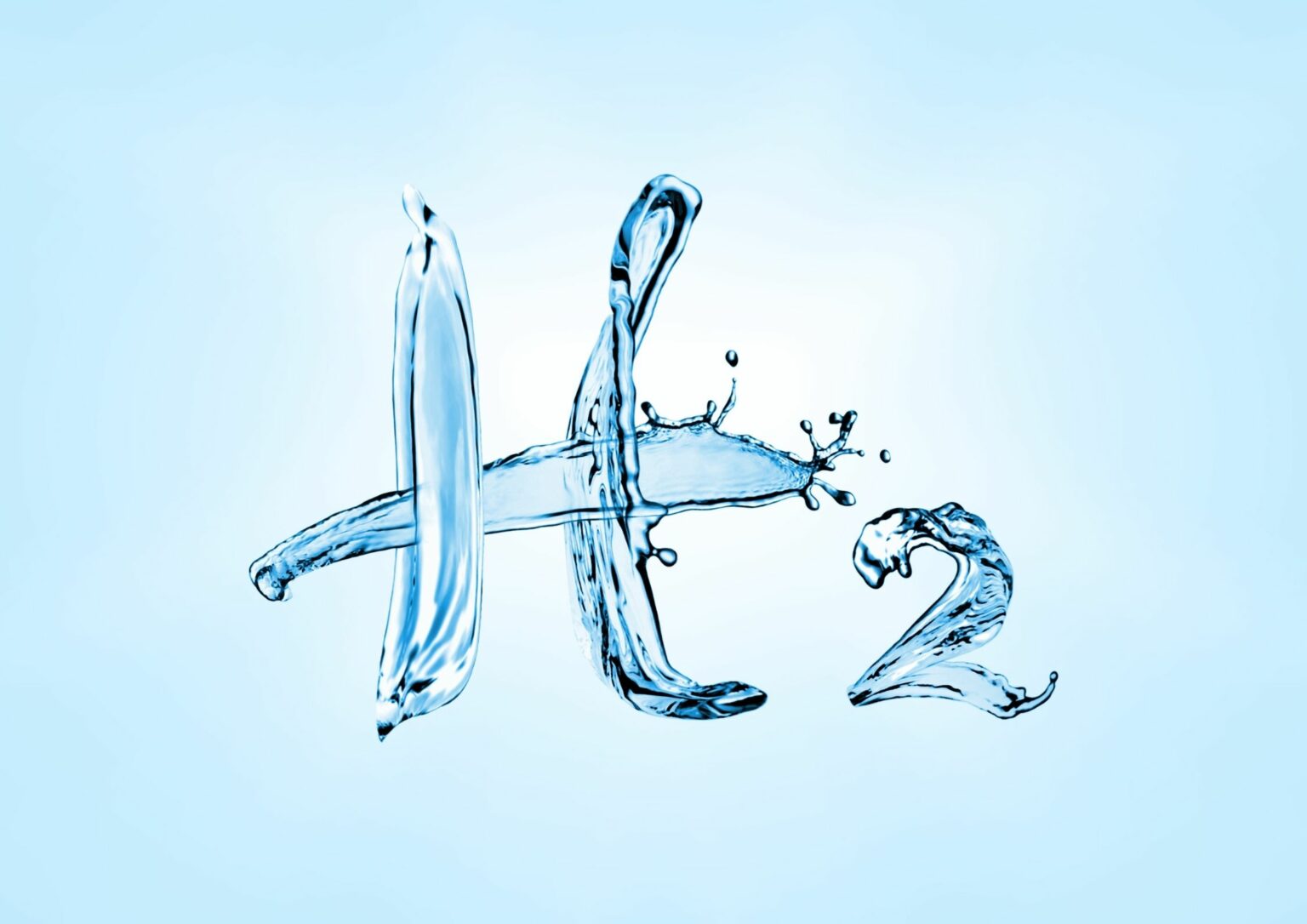In an era where hydrogen emerges as a key player in the clean energy revolution, a newly filed patent by Linde GmbH highlights an innovative approach to hydrogen production.
The process not only promises efficiency but also emphasizes environmental responsibility by integrating carbon dioxide management strategies.
At the core of Linde’s patented method is the transformation of carbon-containing inputs. Through reforming and water-gas conversion, a synthesis gas – rich in hydrogen and carbon dioxide – is generated. This synthesis gas is the starting point for deriving raw hydrogen, setting the stage for further refinement into a usable hydrogen product.
A standout feature of the patented process is its methodical separation of carbon dioxide. The synthesis gas is divided into two streams. The first stream undergoes a CO2 separation process to yield raw hydrogen. This step is crucial in reducing the carbon footprint and refining the hydrogen into a purer form. The second stream also experiences CO2 removal, resulting in a hydrogen-rich fuel gas. This gas is subsequently used for generating process heat, ensuring that energy demands are effectively met without resorting to external fossil fuels.
The management of carbon dioxide, a byproduct of the synthesis process, demonstrates the patent’s holistic approach. Rather than releasing CO2 into the environment, the process involves sequestration or material utilization. This approach mitigates emissions, offering a pathway towards sustainable hydrogen production.
While this innovation is a significant leap toward efficient hydrogen production, it is essential to maintain a balanced perspective. The integration of carbon dioxide management is commendable, yet the real-world application will depend on factors such as scalability, economic feasibility, and technological adoption in various sectors. Nonetheless, Linde’s process marks an encouraging step in aligning hydrogen production with global sustainability goals.
